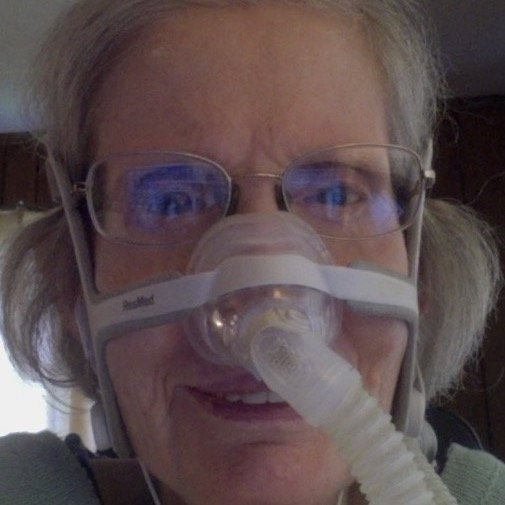Source: Star-Ledger
By Diane Coleman
I have an advanced neuromuscular condition and must use breathing support with a mask 18 hours a day. As a severely disabled person who depends on life-sustaining treatment, I would be able to qualify for assisted suicide at any time where it is legal.
If I became despondent, for example if I lost my husband or my job, and decided that I wanted to die, I would not be treated the same as a nondisabled, healthy person who despaired over divorce or job loss.
If anyone doubted that someone like me would qualify for assisted suicide in a state like Oregon, those doubts were laid to rest in December 2017 when an Oregon Public Health Department official clarified in writing:
“Patients suffering from any disease (not just those that typically qualify one for the DWDA [Death With Dignity Act]) may not be able to afford some treatments or medication, and may choose not to pursue some treatments or take some medication for personal reasons. . . . If the patient does not receive treatment or medication (for whatever reason) and is left with a terminal illness, then s/he would qualify for the DWDA.”
In the decade leading up to the passage of Oregon’s assisted suicide referendum in 1997, proponents often revealed their view that people with disabilities should be eligible. Two thirds of “Dr. Death” Jack Kevorkian’s body count were people with non-terminal conditions like multiple sclerosis.
The Hemlock Society contributed to his legal defense fund.
When the Hemlock Society morphed into “Compassion and Choices,” the messaging shifted, partly in an effort to exclude disability rights organizations from the public debate. Assisted suicide is only for people expected to die within six months, they said. The person must self-administer the lethal drugs, so no one else could kill them, they said.
Any reasonably trained lawyer should be able to see the absence of meaningful patient protections in assisted suicide bills. It took a decade to pass the Washington State statute that came next.
All along, disability groups have pointed out the inherent discrimination and empty pretense of safeguards in these bills. Why does everyone else get suicide prevention, while old, ill and disabled people get suicide assistance? How could a doctor who’s known a person for an average of 13 weeks know if they are being pressured to ask for assisted suicide?
Reported reasons for requesting assisted suicide pertain to disability, chronic or acquired due to illness.
People who need home care shouldn’t be treated as disposable.
Assisted suicide proponents are fond of saying that many people don’t go through with it, but the lethal drugs give them peace of mind. What if some of the many who change their mind have family members who are not happy about it?
If the only other person present at the end is a greedy heir or tired caregiver, there are no safeguards to determine whether they self-administered the lethal drug or were cajoled, tricked or forced.
Although these and other obvious weaknesses persist in New Jersey’s assisted suicide bill (AB1504), the New Jersey Law Journal not only endorses it, but openly advocates expanding it to include active euthanasia and eligibility for people who are not expected to die in six months. No more incremental strategy, no need to hide the broader agenda.
Throughout last summer, people in wheelchairs with the group ADAPT were dragged out of Congressional hearings and arrested, leading successful efforts to save healthcare for millions of Americans. This same group asserts that “Assisted suicide is not about relieving the suffering of the dying: it is an expression of the most toxic and deadly form of ableism.”
Diane Coleman is the president and CEO of Not Dead Yet, a national disability rights group which she founded in 1996 to give voice to disability rights opposition to legalization of assisted suicide and euthanasia.
We urge New Jersey lawmakers to reject ableism, to look behind the public relations images of assisted suicide and consider the dangers to the many elders, ill and disabled people who are not safe from mistake, coercion and abuse.
Three of these reasons (feeling a loss of autonomy, loss of dignity, feelings of being a burden) could be addressed by consumer-directed in-home care services. However no disclosure or provision of such services is required. Basically, the law operates as though the reasons don’t matter, and nothing need be done to address them.

